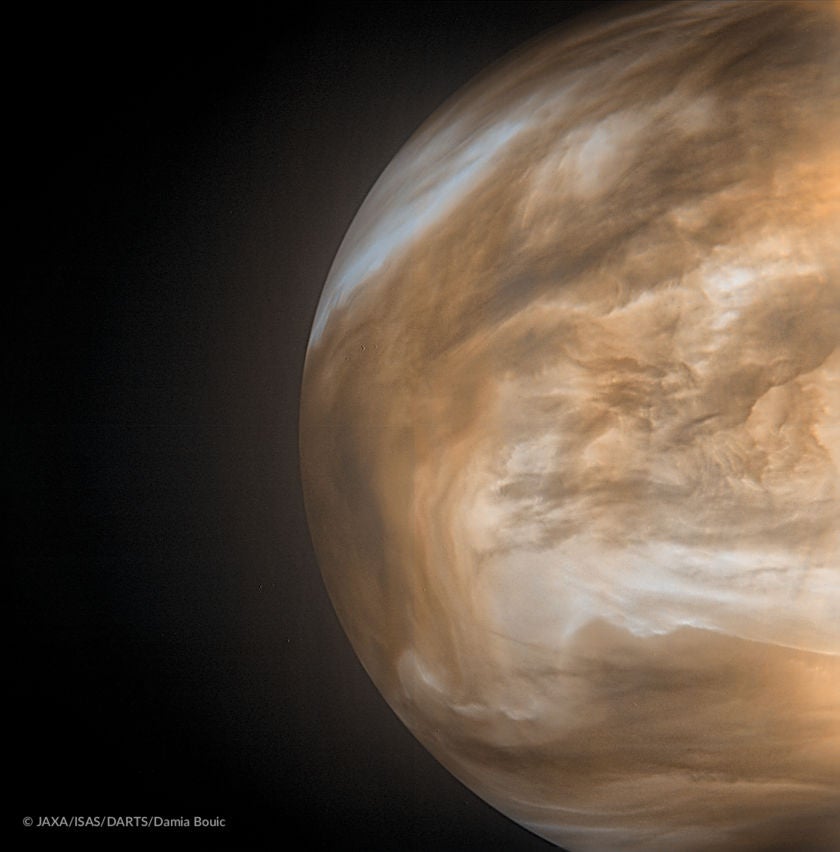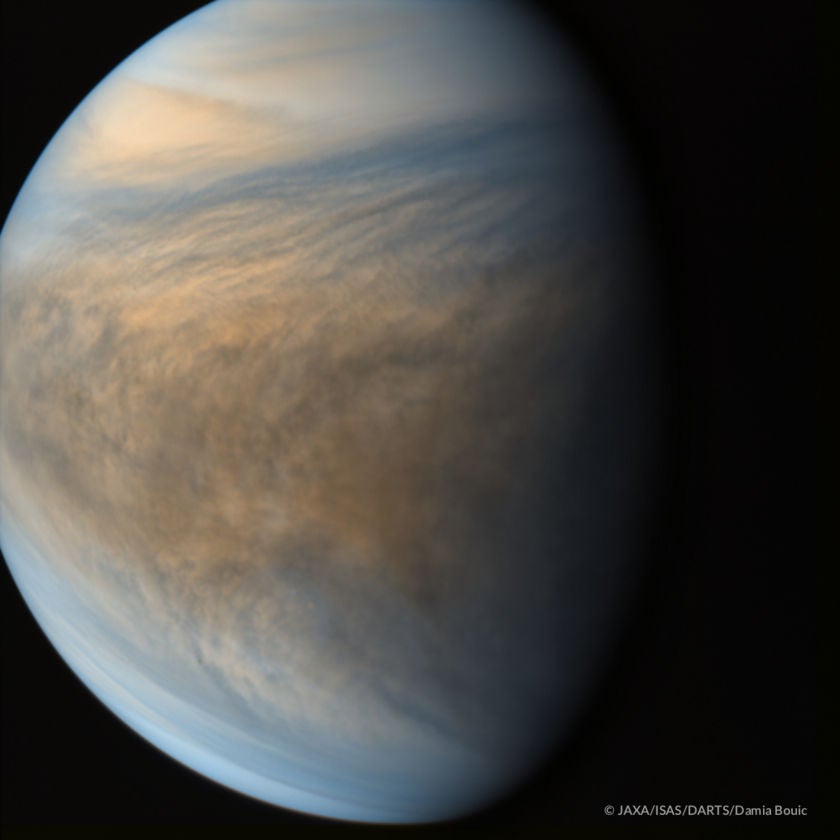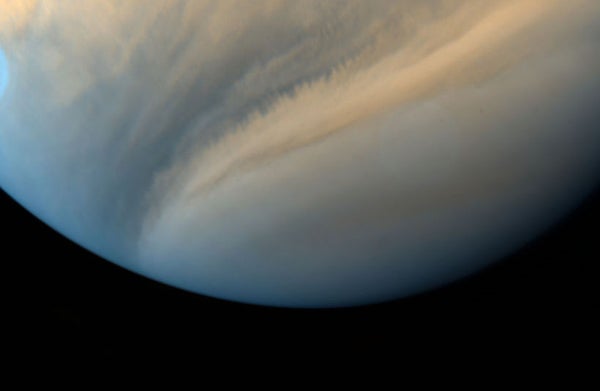This article was published in Scientific American’s former blog network and reflects the views of the author, not necessarily those of Scientific American
The Japan Aerospace Exploration Agency (JAXA) has a quiet history of remarkable accomplishments in space science. Some of these come from an uncanny ability to turn potential disaster into resounding success.
In the 1990's there was the clever salvaging of the Hiten lunar probe, finally getting it into orbit around the moon. In 2005 the Hayabusa mission tried to drop a mini-lander (MINERVA) onto the asteroid Itokawa, the lander failed, adding to a series of challenges - the main spacecraft's solar array had already been damaged by a solar flare en route to the asteroid (effecting its ion drive capabilities). But the main spacecraft pushed on, using semi-autonomous optical imaging to hover around the asteroid, and to try to get up close for samples. The list of problems grew, but somehow Hayabusa was coaxed back to interplanetary space and to Earth, dropping off a sample return capsule that did indeed contain tiny grains of material from Itokawa.
Now, the 'Planet C' mission, Akatsuki has racked up a similar tale of near disaster followed by near-miraculous recovery. Launched in 2010 it was meant to get into orbit around Venus a few months later - except that didn't pan out, and the spacecraft ended up spending the next 5 years in a sun-centered orbit. Finally, in December 2015 after elaborate and careful work, Akatsuki was put into a scientifically useful orbit around Venus.
On supporting science journalism
If you're enjoying this article, consider supporting our award-winning journalism by subscribing. By purchasing a subscription you are helping to ensure the future of impactful stories about the discoveries and ideas shaping our world today.
And thank goodness for that. Akatsuki has been returning some wonderful, and unique data on Venus - perhaps the most interesting and yet most ignored terrestrial world in our solar system. Mars is cool, but Venus...well, Venus is just a huge mystery!
Among Akatsuki's discoveries have been gravity waves in the super-rotating Venusian atmosphere, layering in sulfuric acid cloud condensates, equatorial flows and other juicy atmospheric phenomena. But it's also created data that allows for some truly wonderful images of our errant sibling. Here are two examples, one of processed infrared data, with false-colors to enhance things for human eyes, and one using ultraviolet data. For more details and more images take a look at this page over at the Planetary Society.
First: the night side of Venus combining two infrared bands:

Credit: JAXA, ISAS, DARTS and Damia Bouic
And a view of the complex cloud dynamics on Venus, using two ultraviolet bands and false-colors.

